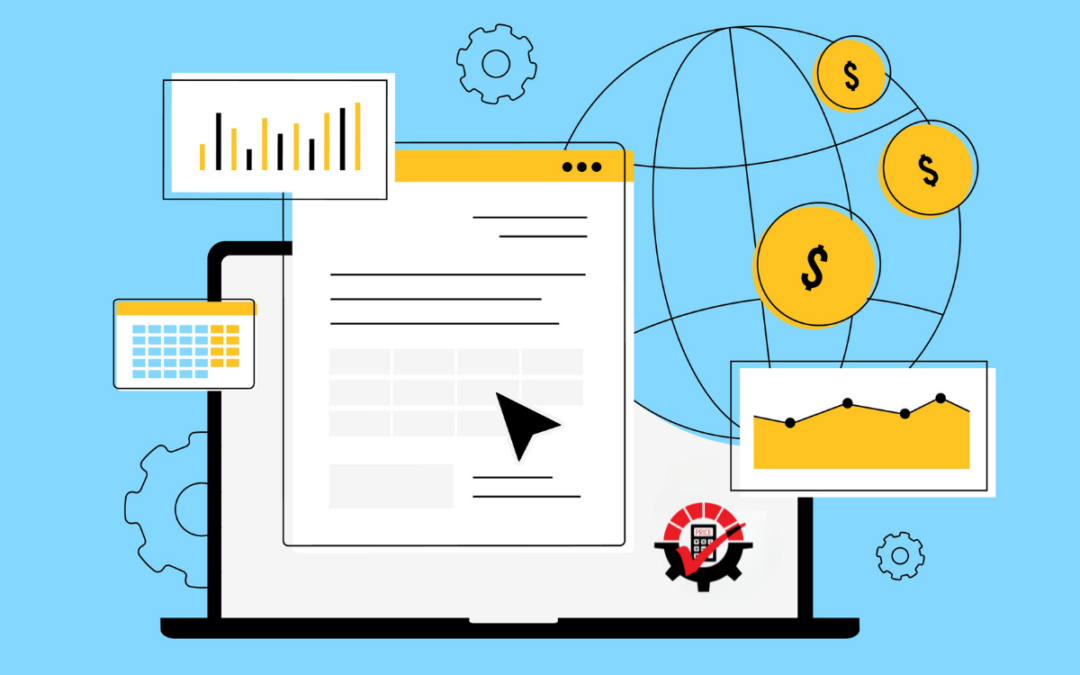Pricing is one of the most crucial, yet intimidating, aspects of any business. It can make or break profitability, growth, and customer loyalty. However, pricing is not a one-size-fits-all solution. It requires a deep understanding of the market, customers, and competition. As a business leader, it is important to master the art of pricing in order to stay ahead of the competition. In this blog post, we will share proactive wisdom on how to approach pricing management.
Approach Pricing Management Like a Pro
1. Know Your Costs
One of the biggest pricing mistakes is underestimating the costs of a product or service. It is essential to have a clear understanding of all costs involved – including direct costs (materials, labor, etc.), indirect costs (marketing, insurance, taxes, etc.), and overhead costs (rent, utilities, etc.). Once you have a clear understanding of your costs, you can set a price that covers them and allows a reasonable profit margin. Remember, pricing too high can hurt your business just as much as pricing too low.
2. Understand Your Value Proposition
Your pricing should reflect your company’s value proposition. The value proposition is what makes your product or service unique and valuable to your target audience. By understanding what your customers value and how your product or service meets their needs, you can set the best price. If your value proposition is strong, you can charge a premium price. However, if it is not strong enough, you may need to re-evaluate your pricing strategy.
3. Monitor Competitors
Competitors can impact your pricing strategy. It’s best practice to understand what your competition is offering, at what price, and how their customers are responding. If your competitors are offering similar products or services at a lower price, you may need to adjust your pricing accordingly. However, if your value proposition is stronger, you can maintain your pricing and focus on differentiating yourself from the competition.
4. Test and Adapt
Pricing is not a one-time decision. You need to test and adapt your pricing strategy based on customer feedback, market trends, and the competition. A/B testing can be an effective way to test different pricing strategies and see which ones resonate with your customers. Use software to track which pricing programs are selling better, driving revenue, increasing margins, or freeing inventory (whatever your goal might be). Keep an eye on market trends and always be ready to adapt if necessary.
5. Communicate Your Pricing
Finally, it is most important to communicate your pricing transparently to your customers. Be clear about what is or is not included in the price, and how it compares to the competition. Avoid hidden fees or unexpected charges. Your customers should feel confident and secure about your pricing and never feel surprised or deceived.
Pricing management is a complex and dynamic process that requires the right balance of art and science. As a business leader, you need to have a deep understanding of your costs, value proposition, competition, and market trends to set the right price. Keep testing and adapting your pricing strategy, communicate transparently with your customers, and always focus on providing value to them. With these proactive wisdom tips, you can approach pricing with confidence and navigate the tricky terrain of pricing like a pro.





